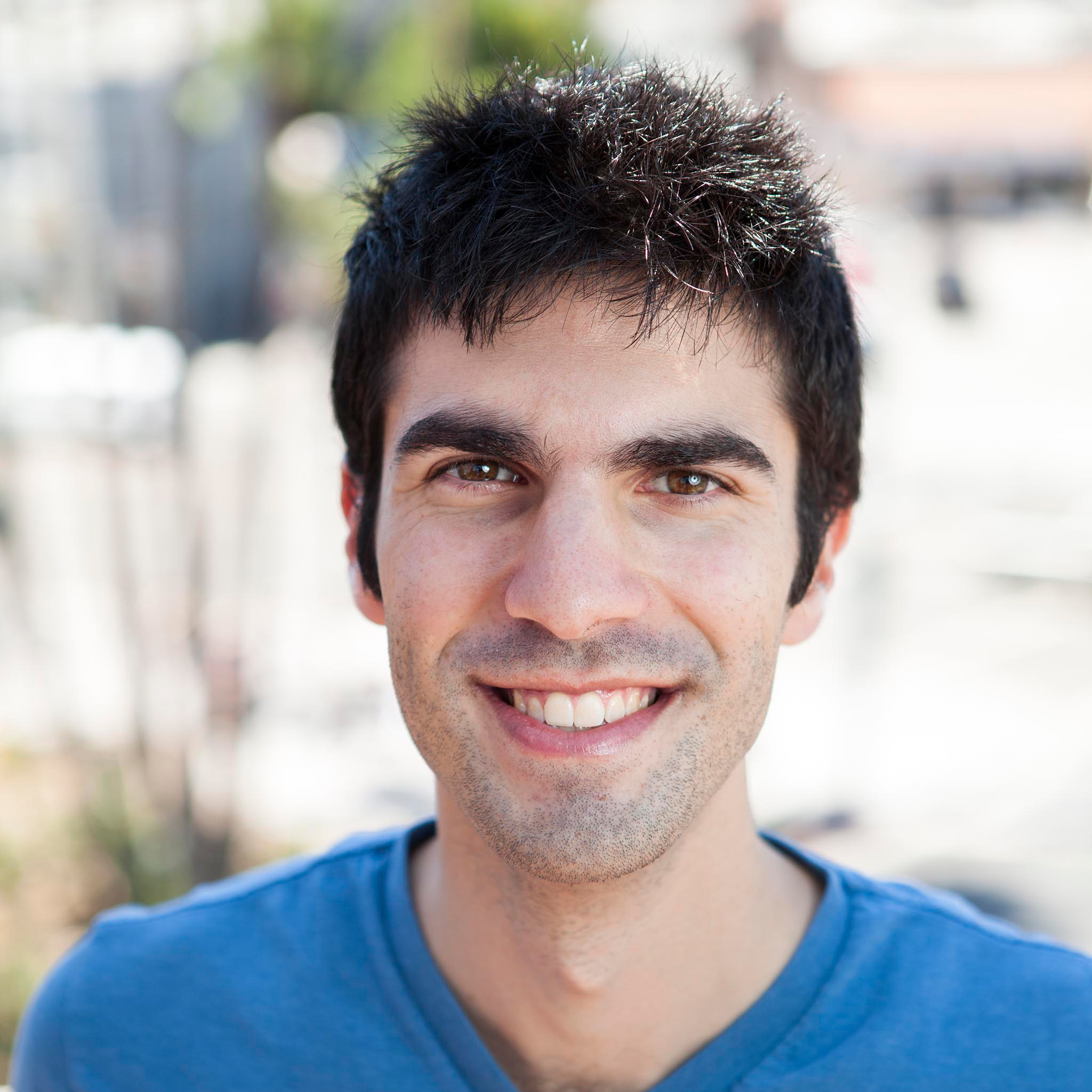
1. Los Angeles has no true center.
In most world-class cities, you can step off a plane and onto a train that’ll whisk you into the heart of the city. Not so in L.A. First of all, said train doesn’t exist (at least not until 2024). But second, L.A. is simply too spread out to stick to one compact area.
You can’t just wander around most of the city on foot and expect to stumble onto something amazing. On paper, Downtown L.A. comes close to being a central exception: The onetime dead zone has developed walkable district for bars, restaurants, performance spaces and museums, all linked up by public transit. But DTLA is still very hit-or-miss when it comes to how exciting or pleasant you’ll find each block, and the pandemic has sapped much of the dense area’s momentum.
Downtown also won’t satisfy most tourists’ ideas about an L.A. vacation—and that really goes for locals, too. Stick to only DTLA and you’d be missing out on hilly hikes through Griffith Park, dim sum in the San Gabriel Valley, Silver Lake’s coffee shop culture and all of the Westside’s glorious beaches and ritzy shopping districts.









